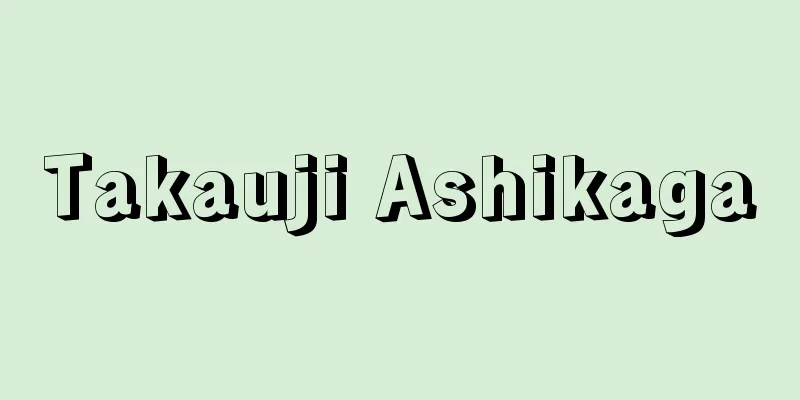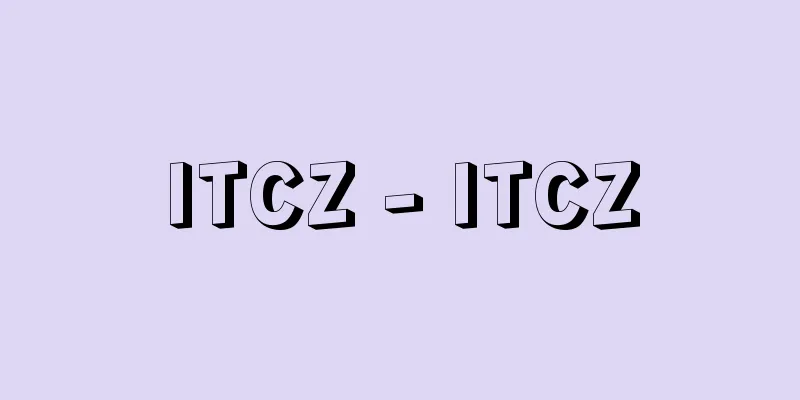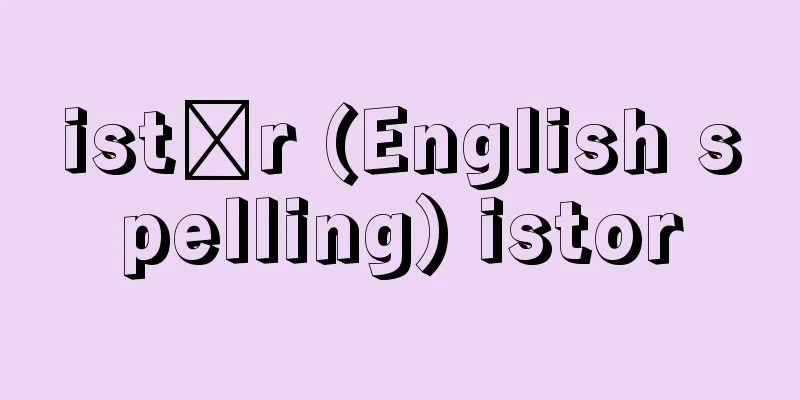Imikura

|
〘Noun〙 In the pre-Taika period, a storehouse was used to store sacred objects and official property of the Yamato government. According to the "Kogo Shūi," a storehouse was established in the Imperial Palace when Emperor Jimmu ascended to the throne, and was used to store sacred objects and official property alike, and was managed by the Imbe clan. Furthermore, during the reign of Emperor Richū, a Urakura was established to store official property separately. Along with the Okura, which was established afterwards, this is one of the so-called Sanzō. Monoimikura. Itsukinokura. Source: The Selected Edition of the Japanese Language Dictionary About the Selected Edition of the Japanese Language Dictionary Information |
|
〘名〙 大化前代、大和政権の神物、官物を納めた蔵。「古語拾遺」によれば、神武天皇即位時に宮中に設けて、神物・官物の区別なく納め、忌部氏が管理した。さらに履中天皇の時に内蔵をおいて官物を分納した。その後に設置された大蔵と共にいわゆる三蔵の一つ。ものいみくら。いつきのくら。
出典 精選版 日本国語大辞典精選版 日本国語大辞典について 情報 |
Recommend
Podgolosok
...It is thought to have developed after the era ...
shurṭa (English spelling)
Police and police officers from the early Islamic ...
Golden Horse Mask
…The area of Iksan, centered on Geumma-myeon, I...
ZAS
...The casting temperature is low at about 400°C,...
Arbeitszeit
…Labor, as a purposeful life activity unique to t...
Takatsukasa family
The main line of the Northern House of the Fujiwa...
IFCTU - IFCTU
…The most active trade union movement today is in...
Vienna Convention on Uniform Sales Law - Vienna Convention on Uniform Sales Law
...these two conventions are collectively called ...
Commercial location - Shogyorich (English spelling) commercial location
It refers to the occupation of a specific spatial ...
Michiyo Tachibana
A female court attendant who served five generatio...
Hachiitsu
〘Noun〙 ("Hui" means a procession in Buga...
Minobu [town] - Minobu
A town in Minamikoma District in southwest Yamanas...
Karate
It is a martial art that originated and has been ...
Abu [mountain] - Abu
Located in the southwest of Rajasthan in western I...
Ise Kasazuke - Ise Kasazuke
Zappai style. A type of kasatsuke that was perform...









